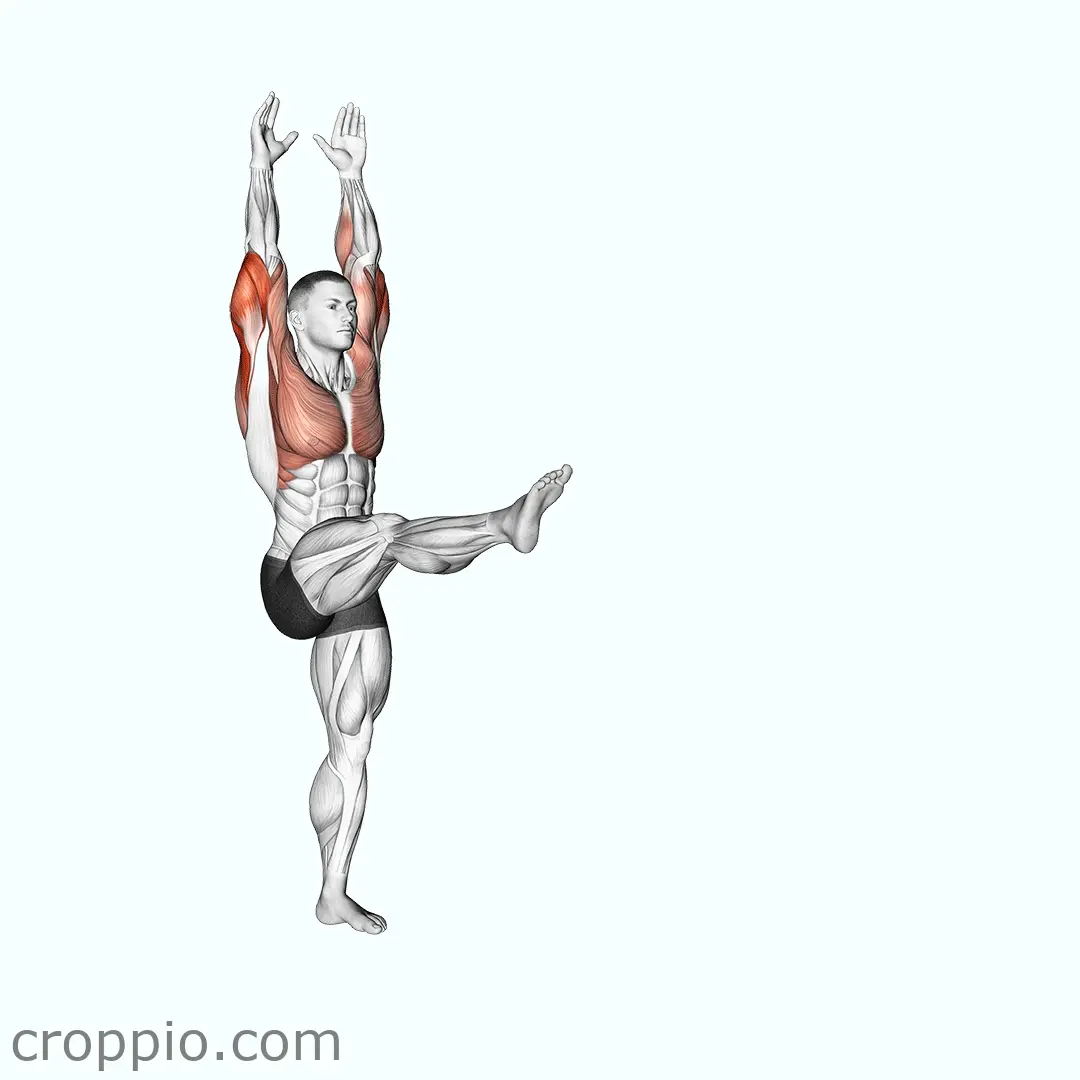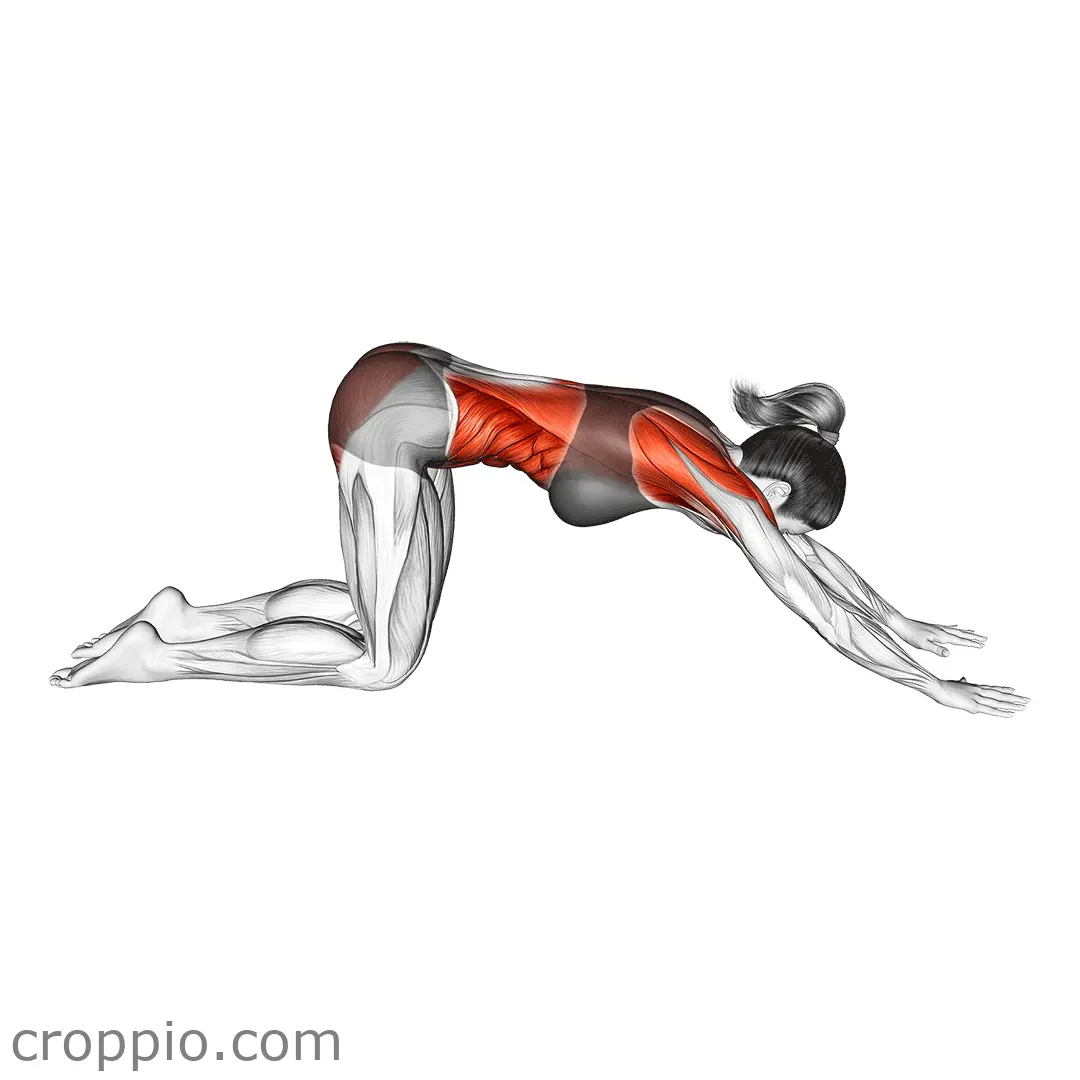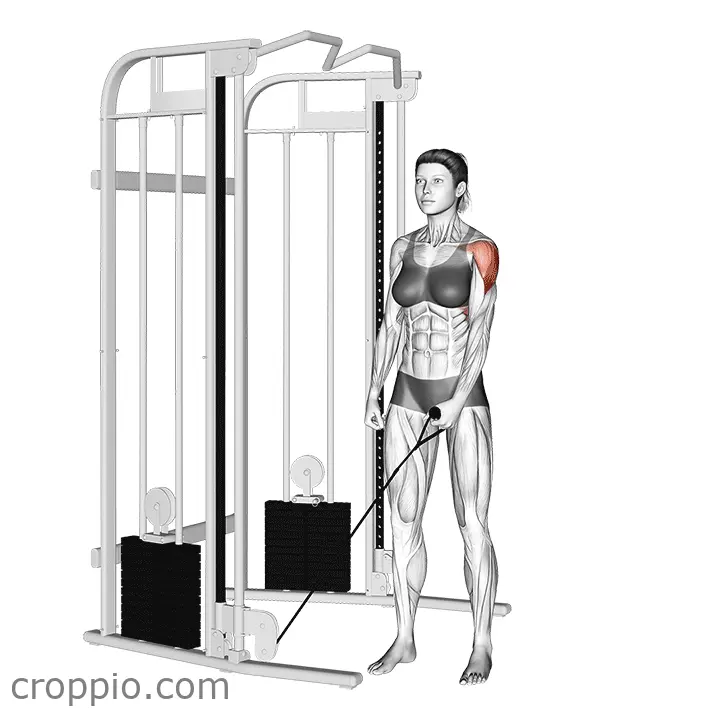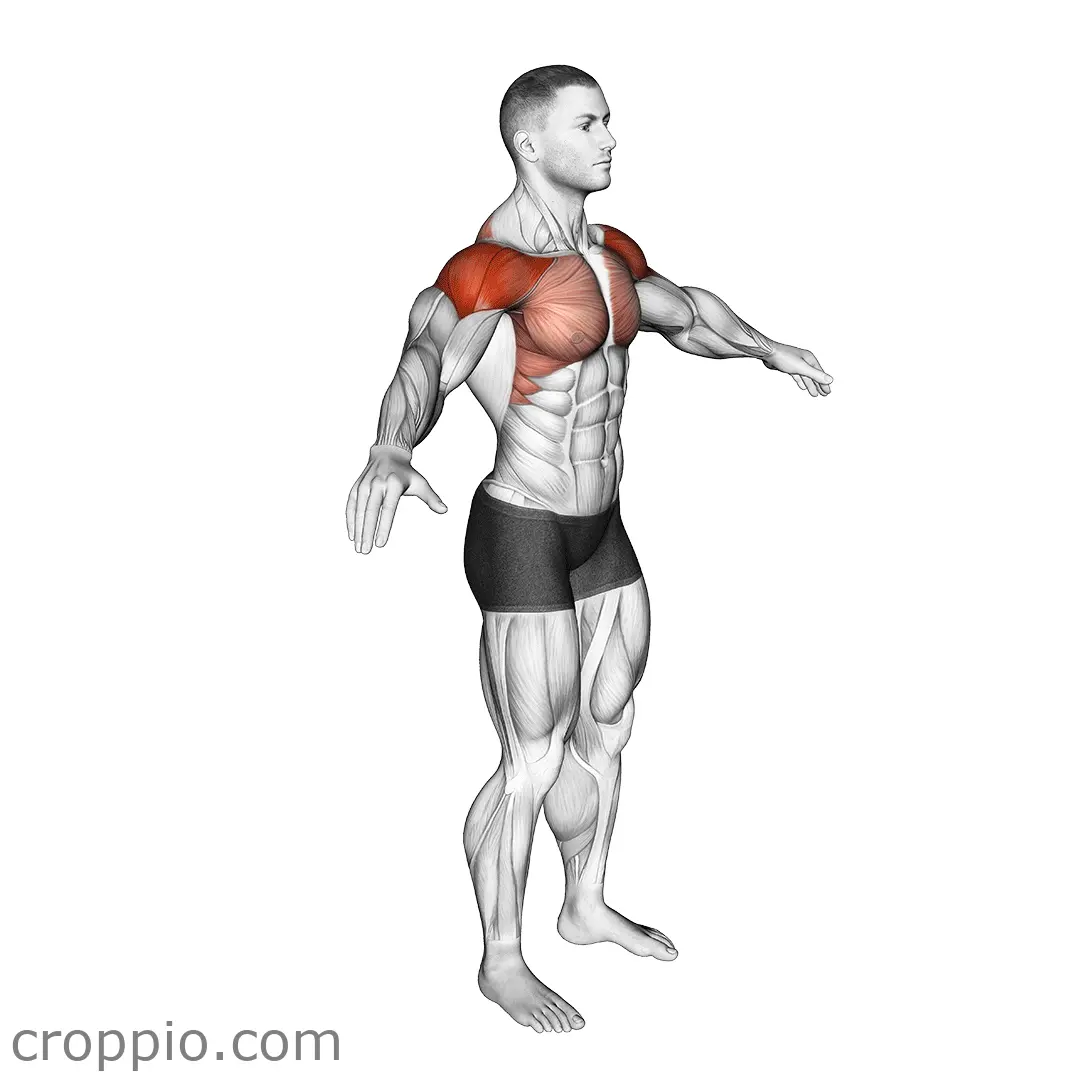Shoulder Pin Press
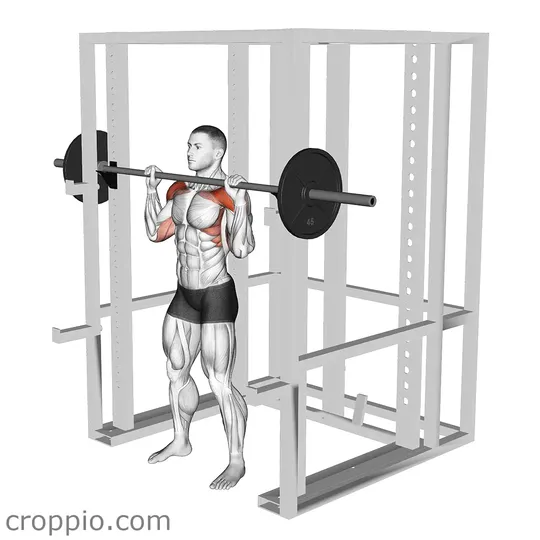
Muscles Involved
The shoulder pin press is a powerful exercise primarily targeting the deltoid muscles, particularly the anterior (front) and lateral (side) deltoids. Additionally, it engages the trapezius, which stabilizes the shoulder blades, and the triceps brachii, which assists in extending the elbows during the press. Secondary muscles involved include the rotator cuff, providing joint stability throughout the movement, and the core muscles, which help maintain stability and posture while lifting.
Top Mistakes
- Incorrect Arm Position: Failing to keep the elbows aligned and slightly in front of the bar can lead to shoulder strain.
- Excessive Arching: Overarching the lower back can place undue stress on the lumbar spine.
- Insufficient Control: Rushing through the movement or not controlling the weight can lead to poor form and increased risk of injury.
- Neglecting Foot Placement: A poor stance can compromise balance and core engagement.
Execution Tips
- Start Position: Begin in a standing or seated position, holding the barbell at shoulder height with a grip slightly wider than shoulder-width.
- Engage Core: Keep your core tight to support your back and maintain proper posture throughout the lift.
- Controlled Movement: Press the bar straight overhead while keeping the elbows aligned with the wrists. Lower the bar back to shoulder level slowly.
- Foot Placement: Ensure your feet are shoulder-width apart, providing a stable base for the lift.
Workouts
The shoulder pin press can be effectively incorporated into an upper body workout routine. Aim for 3 to 4 sets of 8 to 12 repetitions, allowing for adequate rest between sets. It can be paired with exercises like bench presses, bent-over rows, or push-ups to create a balanced upper body regimen. To enhance stability and strength, consider incorporating complementary exercises such as dumbbell lateral raises or face pulls.
Conclusion
Incorporating the shoulder pin press into your training routine offers multiple benefits including improved shoulder strength, increased muscle mass, and enhanced overall stability. This compound movement not only helps build stronger deltoids but also supports the upper body’s functional movements, making it an essential exercise for anyone looking to improve their strength training regimen.
